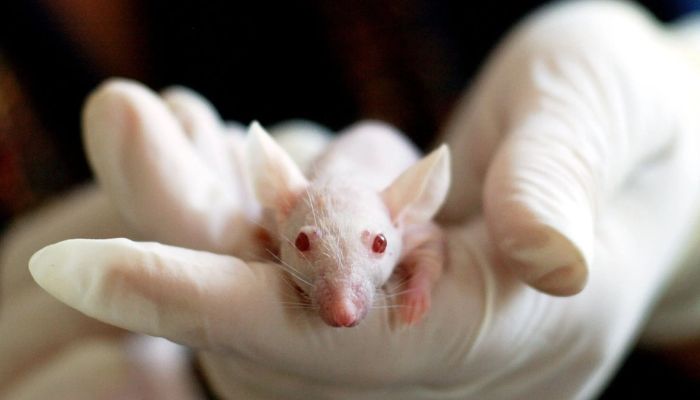Scientists 'reverse ageing' in mice hoping humans could do the same one day
In Boston research facilities, aged, blind mice regained their vision as well as became smarter, and developed healthier kidney tissue
January 13, 2023

In Boston research facilities, aged, blind mice have regained their vision as well as became smarter, and developed healthier muscle and kidney tissue. On the other hand, young mice have aged prematurely, which has harmed almost all of their body tissues.
According to anti-ageing expert David Sinclair, professor of genetics at the Blavatnik Institute at Harvard Medical School and co-director of the Paul F Glenn Centre for Biology of Aging Research, the experiments demonstrate that ageing is a reversible process that can be pushed "forwards and backwards at will."
Sinclair, the principal author of a recent study showing the findings of his team and other worldwide scientists, claimed that our bodies have a backup copy of our youth that may be activated to rejuvenate.
According to a CNN report, the combined studies, which were published for the first time on Thursday in the journal Cell, cast doubt on the theory that genetic mutations weaken our DNA as we age, resulting in a junkyard of damaged cellular tissue that can cause degeneration, illness, and death.
The discoveries, according to coauthor and genetics research fellow Jae-Hyun Yang, "will revolutionise the way we perceive the process of ageing and the way we approach the treatment of disorders related to age."
Epigenome
The epigenome is the body's software, with DNA acting as its hardware. According to the National Human Genome Research Institute, epigenomes are proteins and chemicals that sit like freckles on each gene, ready to instruct the gene "what to do, where to do it, and when to do it."
Genes are physically turned on and off by the epigenome. Pollution, environmental contaminants, and human actions like smoking, eating an inflammatory diet, or experiencing a prolonged lack of sleep can all start that process. According to Sinclair, as more DNA is damaged or broken, the cellular process gets corrupted, exactly like a computer.
Whether the body is 50 or 75, healthy or plagued with illness, Sinclair told the outlet, it makes no difference. The body will then remember how to rejuvenate and become youthful again after that process has been started, even if you are already old and ill. Now, scientists don't yet know what that software is. They simply know that they can turn the switch now.
When Sinclair was a doctoral student at the Massachusetts Institute of Technology, he worked on a team that found the genes that control ageing in yeast, which sparked the search for the switch. He reasoned that since that gene is present in all living things, there must be a way to induce it in people.
He started attempting to accelerate ageing in mice without creating mutations or tumours to test the notion, the CNN report added.
“We started making that mouse when I was 39 years old. I’m now 53, and we’ve been studying that mouse ever since,” he said. “If the theory of information ageing was wrong, then we would get either a dead mouse, a normal mouse, an ageing mouse or a mouse that had cancer. We got ageing," the researcher was quoted as saying.
Sinclair and his Harvard colleagues have been able to age mouse tissues in the brain, eyes, muscles, skin, and kidneys with the aid of other researchers.
Inducible changes to the epigenome, or ICE as it is known by Sinclair's team, were created to achieve this. ICE changes the way DNA is folded rather than the coding regions of the mice's DNA which can cause mutations. The short-term, quickly healing wounds caused by ICE replicate the daily harm from pollutants, sunshine, and other factors that accelerate ageing.
At one year old, ICE mice seemed and behaved much older.
It was now time to perform the opposite action.
Yuancheng Lu, a geneticist at Sinclair Lab, combined three of the four "Yamanaka factors"—human adult skin cells that have been reprogrammed to act as pluripotent stem cells, which can give rise to any type of cell in the body.
Blind mice were given an injection of the cocktail into their damaged retinal ganglion cells, and the cocktail was activated by giving the mice antibiotics.
The mice regained most of their eyesight.
According to the study, the scientists then focused on the brain, muscle, and kidney cells and restored those too too much younger levels.
Currently, Sinclair's team is working to figure out how to equally distribute the genetic switch throughout all of the mouse's cells, revitalising the entire animal at once.









